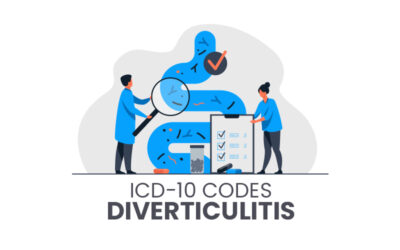It is very important to assign accurate diagnostic codes for a pandemic, for correct medical billing as well as tracking the outbreak. When submitting claims for treatment, you should report the ICD code in the diagnosis code field and provide additional documentation that explains whether the services were of an emergency nature, if necessary. Though physicians are responsible for making accurate diagnoses, the billing and coding professionals who transfer this information accurately to a patient’s health record also play an indirect, though crucial role in helping officials track and prevent the next outbreak. Let’s consider the diagnostic coding of deadly pandemics in the backdrop of Ebola.
ICD-9 Coding
There is no specific code in the ICD-9 system to report Ebola. The only option left for billing and coding professionals right now is the following code.
- 078.89: Other specified diseases due to viruses
When you follow the index from ‘Fever’ to ‘Hemorrhagic’ to ‘Ebola’, you will be directed to 065.8 (Other specified arthropod-borne hemorrhagic fever). But this code can’t be used as you know Ebola is spread by body fluids.
Physicians can use this code to submit claims depending on the regulations specified by the carrier. For example, New York hospitals are instructed to use this code while submitting Medicaid claims for Ebola treatment under emergency services.
Track Outbreak Better with ICD-10
Most experts believe that the ICD-9 coding system limits the efficient tracking of Ebola disease and responding to it immediately. According to the Infographics created by HIT Consultant, this coding system lacks specific disease codes and therefore it is difficult for health officials to analyze, research and alert the public to disease outbreak in real-time. It is difficult to assess the efficacy of treatment and outcomes as well as to determine survival and mortality rate.
On the other hand, there is a specific code within the ICD-10 coding system for Ebola:
- A98.4: Ebola virus disease
The precise code provided by the new coding system supports biosurveillance of public health threats. When using specific codes, there will be also fewer claim denials.
Another frightening virus that has been diagnosed in hundreds of children since August 2014 is Enterovirus 68. The code for this virus is a non-specific one in both ICD-9 (008.67: Enterovirus NEC) and ICD-10 (B97.19: Other enterovirus as the cause of diseases classified elsewhere). Now, you may be wondering how the CDC learns about the outbreak clusters of this specific virus when non-specific codes are reported on claims. Though Enterovirus infections reporting is not mandatory, laboratory detections of enterovirus and parechovirus types are reported voluntarily to the National Enterovirus Surveillance System, managed by the CDC. Laboratories (that are participating) are encouraged to report monthly summaries of virus type, specimen type and collection date.
To put it in a nutshell, assigning appropriate diagnostic codes for deadly pandemics is essential to submit clean claims and receive timely reimbursement. At the same time, health officials indirectly rely on the information provided by the billers and coders to detect and mount an effective response to these types of diseases. Thus, the accuracy of codes is of substantial importance in the case of deadly pandemic diseases than any other disease type. A professional medical billing and coding company can provide the support needed for accurate medical coding of deadly pandemics.




